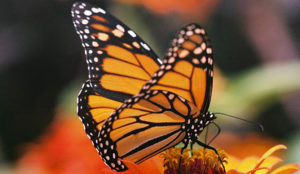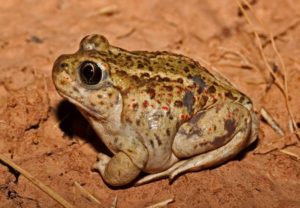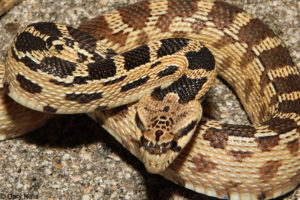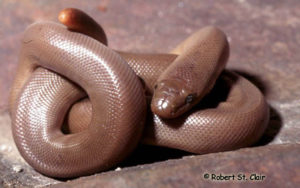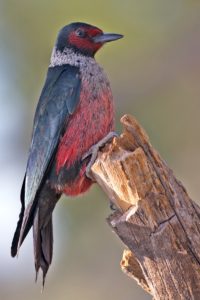Notice of Proposed Tax Rate Increase
DATE: MAY 21, 2025
NOTICE IS HEREBY GIVEN THAT,
Skeetchestn Indian Band, in accordance with First Nations Tax Commission policies, and Skeetchestn Indian Band Property Taxation Law 2008, proposes to set the following annual tax rates for 2025:
PROPERTY CLASS RATE PER $1,000 OF ASSESSED VALUE
Class 1 – Residential 3.49500
Class 2 – Utilities 22.15000
Class 6 – Business and Other 9.95100
Class 9 – Farm 9.12279
Due to increased service costs, the Skeetchestn Indian Band is currently in a $150,000 shortfall in its annual budget for basic community services such as fire protection, garbage pickup, street lighting, as well as wildfire protection and suppression measures, a water system upgrade project, and general capital costs. These rates will generate an additional $52,000 in revenue which will help offset this budget shortfall.
Signed,
Sukhvinder Chouhan
Chief Financial Officer Skeetchestn Indian Band


